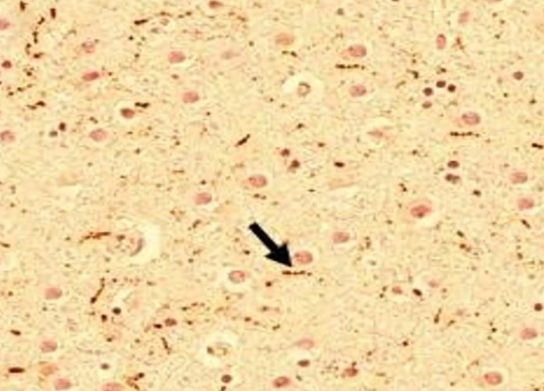TUDCA combined with Syndopa protects the midbrain and gut from MPTP toxicity in a Parkinson’s disease mouse model: Immunohistochemical evidence
DOI:
https://doi.org/10.17305/bb.2025.12519Keywords:
Parkinson’s disease, PD, MPTP, TUDCA, Syndopa, α-synuclein, substantia nigraAbstract
Neuro-inflammation plays a significant role in the neurodegenerative processes associated with Parkinson's disease (PD). A hallmark of PD is the degeneration of dopaminergic neurons within the nigrostriatal pathway. The standard treatment for PD is Syndopa (a combination of levodopa and carbidopa). However, while Syndopa alleviates symptoms, it is also associated with numerous side effects in patients. Research has demonstrated the protective effects of Tauroursodeoxycholic acid (TUDCA) in mitigating the neuropathological consequences of PD in several preclinical studies. Nonetheless, further investigation is necessary to delineate the role of TUDCA in PD therapeutics. Although the efficacy of TUDCA monotherapy in PD has been explored, there is a lack of preclinical research examining the additive effects of TUDCA in conjunction with Syndopa therapy. In this study, we utilized an MPTP (1-methyl-4-phenyl-1,2,3,6-tetrahydropyridine) mouse model of PD to evaluate the potential therapeutic benefits of TUDCA monotherapy and the combined effects of TUDCA and Syndopa therapy, compared to standard Syndopa treatment. We conducted immunohistochemical (IHC) assessments of α-synuclein expression in the gut and substantia nigra pars compacta (SNpc), as well as tyrosine hydroxylase and NF-kB expression in the striatum and SNpc regions, to investigate the efficacy of the test drugs. The immunohistochemical findings indicate that both TUDCA monotherapy and the combination therapy of TUDCA and Syndopa significantly reduced MPTP-induced alterations in the expression levels of α-synuclein, tyrosine hydroxylase, and NFκB in the striatum and SNpc regions. Additionally, the MPTP-induced changes in α-synuclein expression in the gut were notably reversed by these treatments. Collectively, these results suggest that incorporating TUDCA with Syndopa may represent a promising therapeutic strategy to address the pathophysiological challenges associated with PD.
Citations
Downloads

Downloads
Additional Files
Published
Issue
Section
Categories
License
Copyright (c) 2025 Mahalakshmi Rajan, Senthilkumar Sivanesan, Kalpana Ramachandran, Pankaj Goyal, Priya Palanivelu, Anamitra Ghosh, Rajagopalan Vijayaraghavan, Smitha S Vasavan

This work is licensed under a Creative Commons Attribution 4.0 International License.









